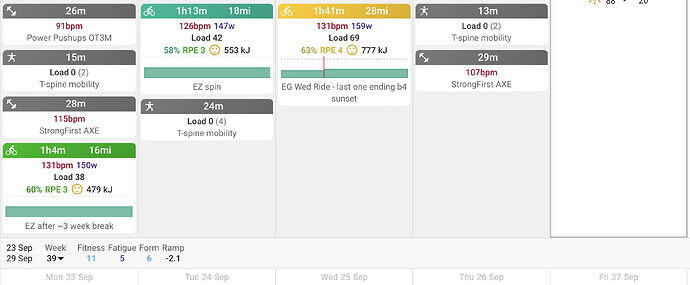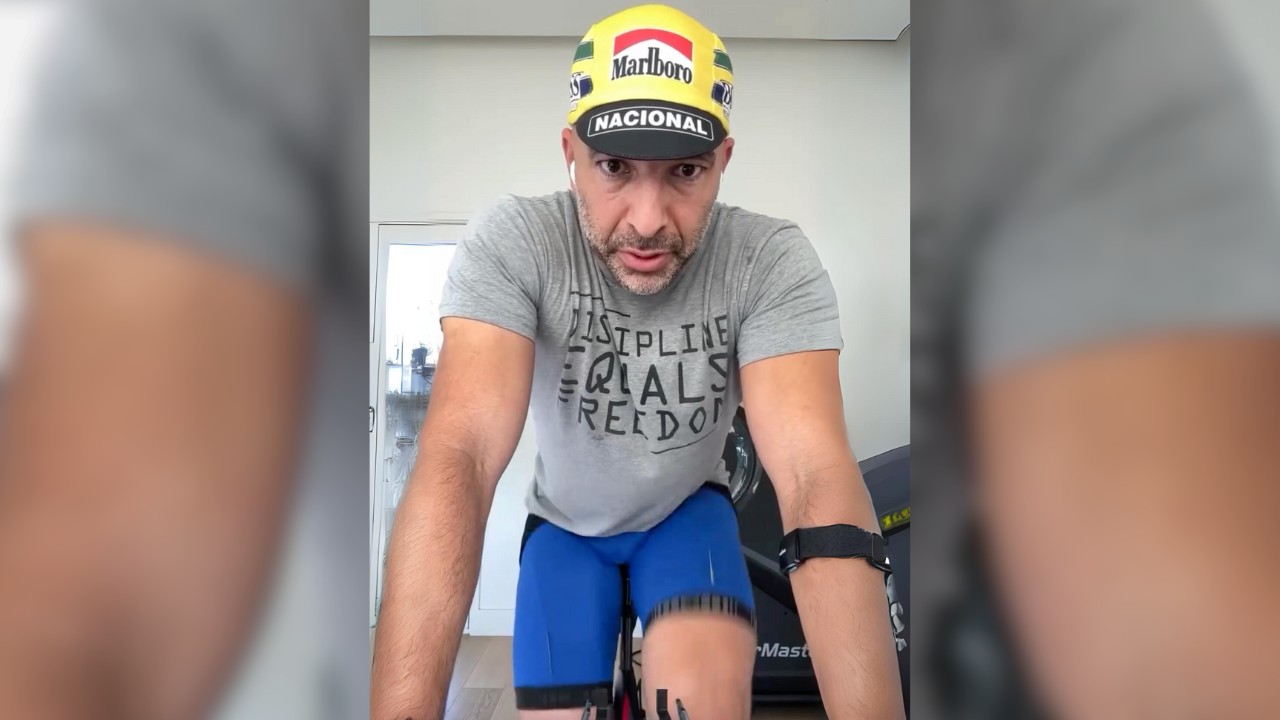What are others’ experience with this?
I’m becoming convinced that the folks creating these algorithmic training guides (Garmin Daily Suggested Workouts [DSW], Mottiv, etc) aren’t listening to the Zone 2 pundits (who many others disagree with any how).
I start de-training every time I do Zone 2 training according to the guidance of one of these systems. From my own adapted workouts, I have to conclude that it’s the overreliance on power. When you’re Power Zone 2 doesn’t reliably get you out of aerobic zone 1 (and sometimes doesn’t even get you into Z1), you’re not adding aerobic capacity. You’re not building aerobic base if you’re not working your aerobic system.
I still do the workouts, but instead of targeting Power Zone 2, I target HR Z2. I’ve also been using HR response to guide my intervals for threshold and anaerobic intervals. So, basically, I translate the intent of the DSW to workouts of my own design.
Maybe I’m just venting (I tried another one last night and the plan immediately has days on days of “base” training at power levels low enough that, from experience, I know will result in detraining.












